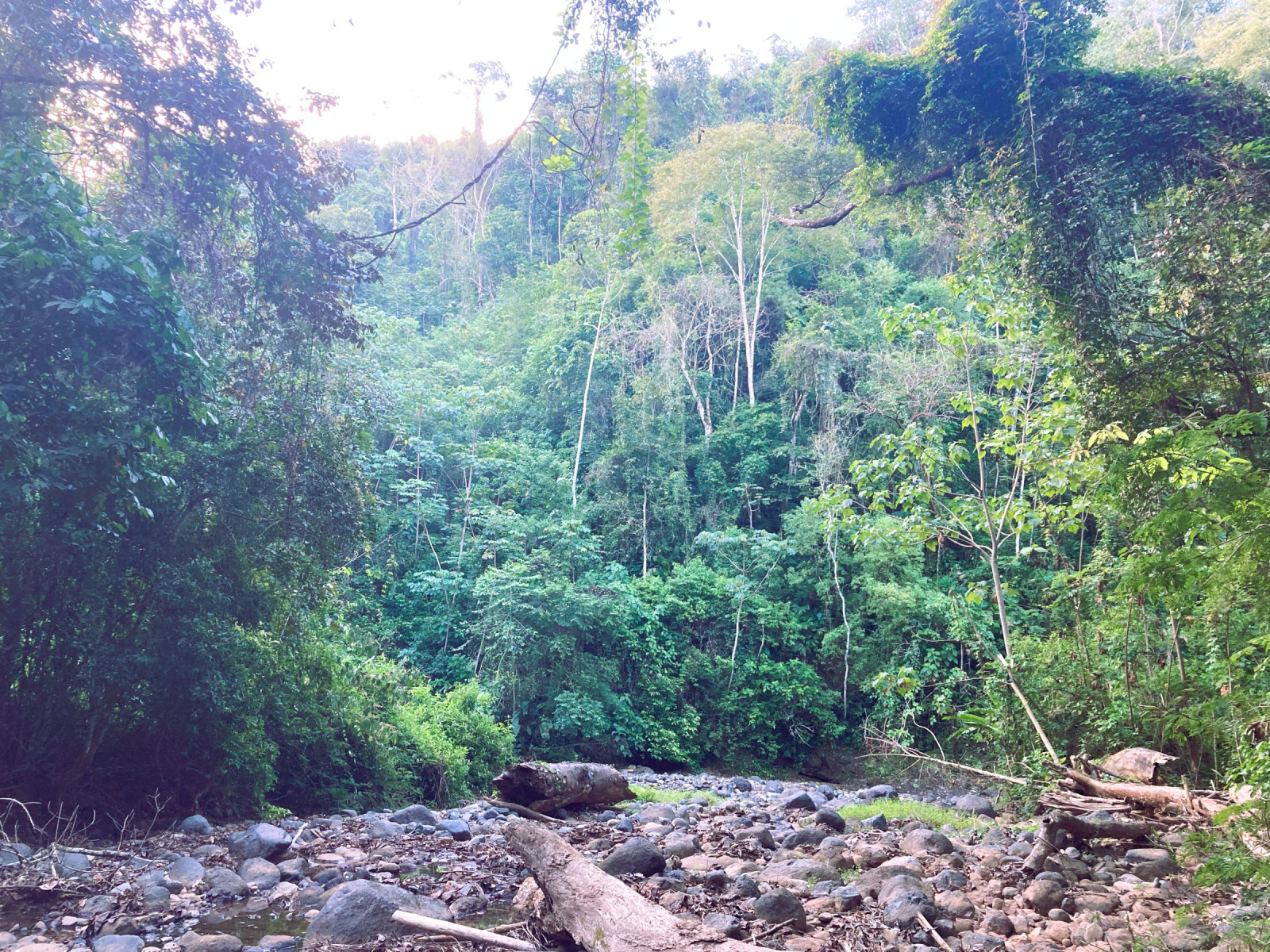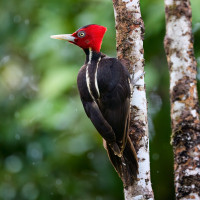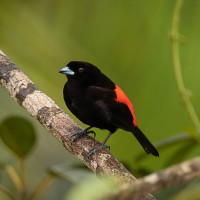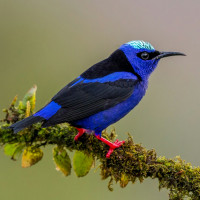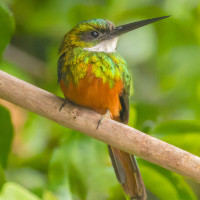Description
Parque National Carara is the northernmost Pacific coastal rain forest remaining intact in Costa Rica, and is the transition zone into the tropical dry forests of the northwest. Carara is one of Costa Rica’s most popular National Parks, in large part due to its proximity to San José. The perfect trails make it easy to explore the forest. It is best to get to the park as soon as it opens (as early as possible) because the highest level of bird and animal activity will be in the early part of the day.
Carara is great for birding. Among the birds you can observe are Ruddy Quail-dove, Rufous-and-white Wren, Northern Bentbill, Black-hooded Antshrike, Dusky Antbird, Brown-hooded Parrot, Scarlet Macaw, Northern Barred Woodcreeper, Dot-winged Antwren, Orange-collared Manakin, Baird’s Trogon, Slate-headed Tody-flycatcher, Purple-crowned Fairy, Streaked Flycatcher, Buff-throated Woodcreeper, Black-bellied Wren, Black-throated Trogon, Violaceous Trogon, Black-headed Trogon, Lineated Woodpecker, Red-legged Honeycreeper, Golden-hooded Tanager, Boat-billed Flycatcher and many, many more. See the birdlist below.
Details
Access
Parque National Carara is easily accessed from Route 34 near the town of Tarcoles and the famous Crocodile Bridge that spans the Tarcoles River. The main entrance is at the ranger station on the right side of the Costanera (Route 34) Highway. There is a small sign at the ranger station and a parking area. Click on the P in the map for directions or coordinates. Opening hours: From May to November, every day from 8am to 4pm. From December to April, daily from 7 am to 4 pm. The entrance fee about $10 + VAT (2024)
Most of the 5 km of trails are flat or nearly flat, so access and navigation is suitable for most levels of physical ability. Visitors can choose a single trail and spend an hour walking through the park, or for those looking for a higher level of exploration, a full day can be spent trekking through the park.
